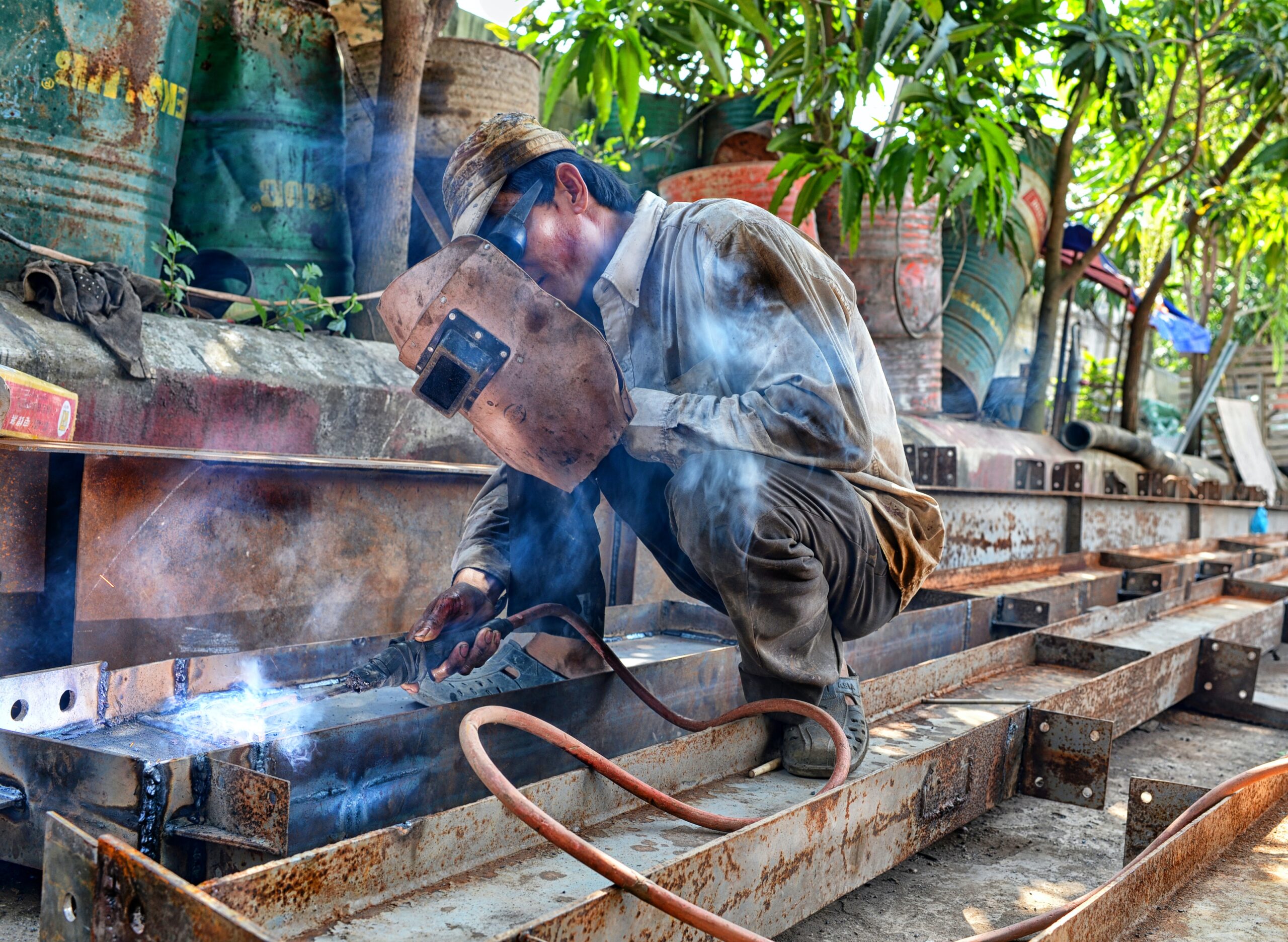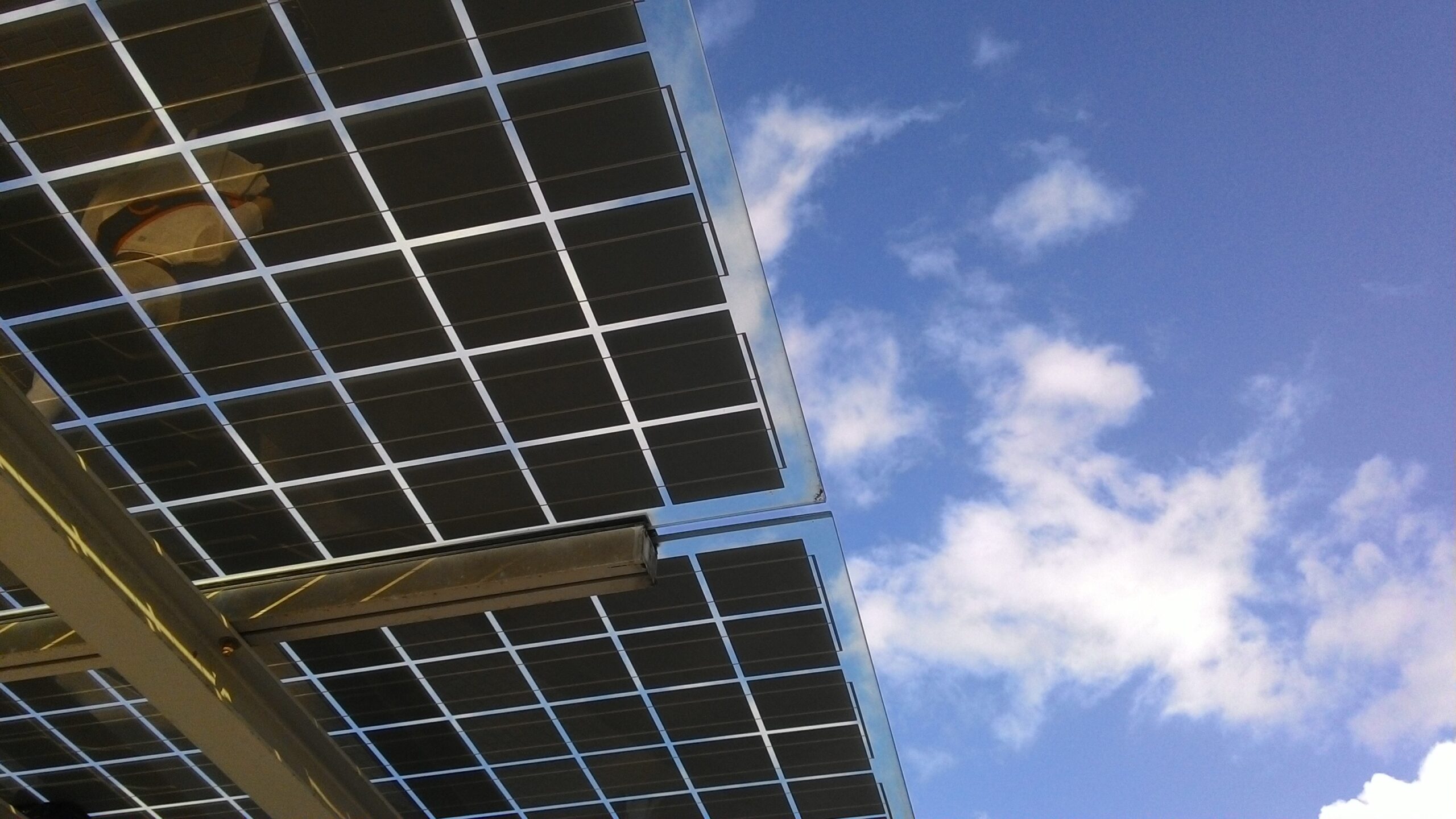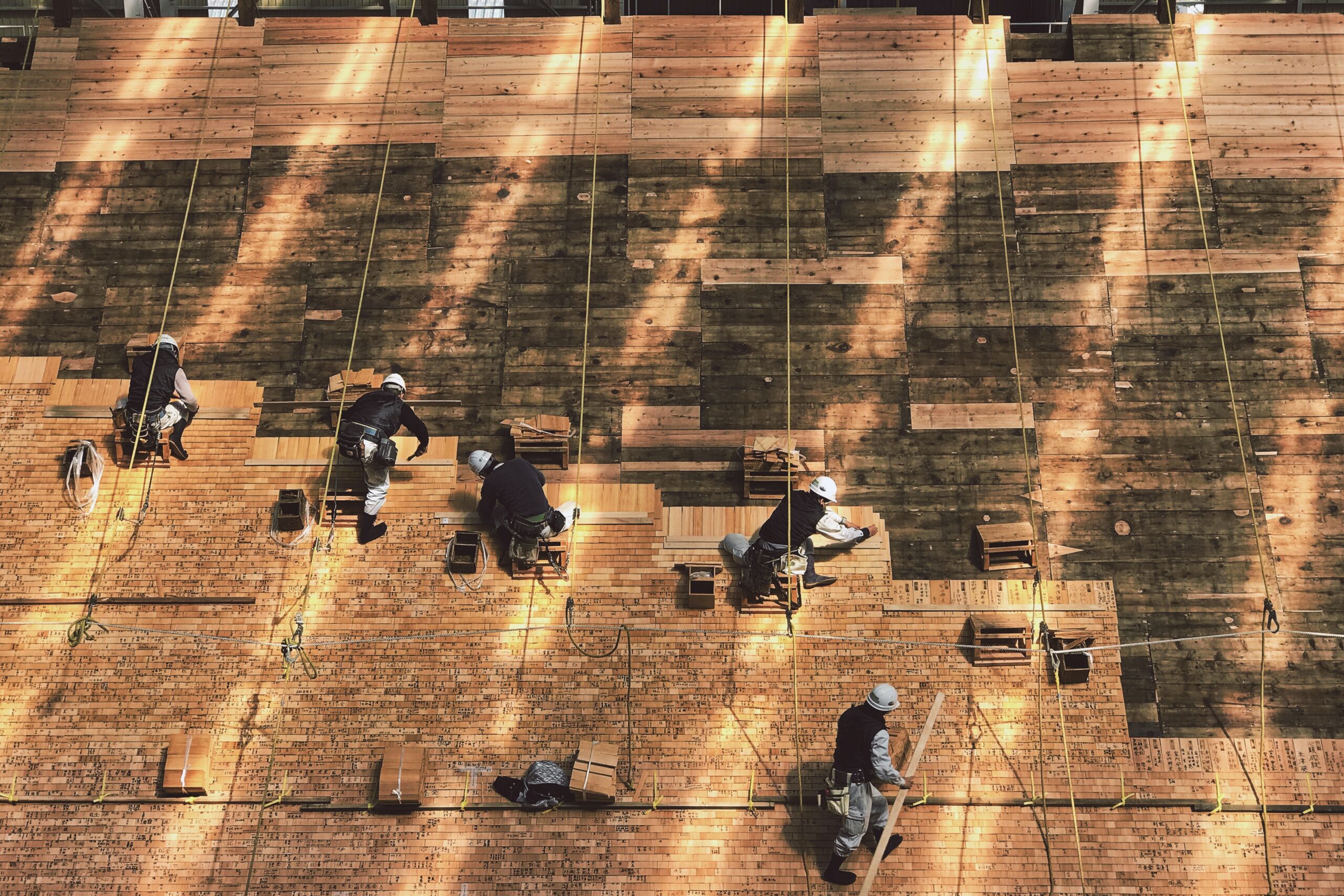The Role of Reflective Shingle in Mitigating the Urban Heat Island Effect
Reflective shingles are a powerful tool in combating the urban heat island effect. By reflecting sunlight instead of absorbing it, these innovative roofing materials help reduce temperatures in urban areas, creating a more comfortable and energy-efficient environment. With their high solar reflectance, reflective shingles bounce back a substantial amount of solar radiation, minimizing heat buildup and lowering the overall temperature. Let’s explore the benefits of reflective shingles and how they contribute to mitigating the urban heat island effect.
Reflective Shingle: Harnessing Sunlight Reflection
Reflective shingles are designed to have high solar reflectance, meaning they reflect a significant amount of sunlight that hits the roof’s surface. Instead of absorbing solar energy and converting it into heat, these shingles bounce the sunlight away, reducing heat transfer into the building. Their light-colored pigments or reflective coatings enhance their solar reflectance properties, making them an excellent choice for combating the heat island effect and promoting energy efficiency.
By reflecting sunlight, reflective shingles help reduce the amount of solar radiation that penetrates the building’s interior. This leads to lower roof temperatures, which directly translates into a cooler living space. As a result, homeowners experience increased comfort and reduced reliance on air conditioning systems during hot summer months. The ability of reflective shingles to bounce back a significant portion of solar radiation contributes to the overall energy efficiency of the building.
Heat Dissipation: Keeping Surfaces Cool
Reflective shingles excel at dissipating heat quickly. By reflecting sunlight, they prevent the roof from heating up excessively, maintaining lower surface temperatures. This is particularly important in urban areas where the concentration of heat-absorbing surfaces can create localized heat islands. The lower surface temperatures of reflective shingles contribute to reducing the heat island effect, making urban environments more livable.
Moreover, the ability of reflective shingles to dissipate heat effectively has additional benefits. By minimizing heat transfer into the building, they reduce the strain on insulation materials and prevent heat from penetrating the interior. This translates into improved thermal comfort and energy efficiency, as less energy is required for cooling purposes. Reflective shingles work in synergy with proper roof insulation and ventilation systems, creating a well-balanced approach to temperature regulation and energy conservation.
Energy Efficiency: Reducing Cooling Demands
Reflective shingles contribute to energy efficiency by reducing the demand for air conditioning. Their ability to reflect sunlight helps keep the building interior cooler, reducing the need for artificial cooling and lowering energy consumption. This leads to significant energy savings and reduced utility bills. By harnessing the benefits of reflective shingles, homeowners can enjoy a more energy-efficient space while reducing their environmental impact.
In addition to reducing cooling demands, reflective shingles can also contribute to reducing heating demands during colder seasons. The insulation properties of these shingles help prevent heat loss from the interior, ensuring that the desired indoor temperature is maintained more effectively. This leads to decreased reliance on heating systems and further energy savings.
Sustainable Roofing Solutions: Reflective Shingle and Environmental Stewardship
Reflective shingles align with sustainable roofing practices. Many manufacturers offer options made from recycled materials or that can be recycled at the end of their lifespan. Choosing these sustainable options not only reduces environmental impact but also improves energy efficiency and insulation. Reflective shingles have a longer lifespan compared to traditional materials, minimizing waste and contributing to sustainable building practices.
The use of reflective shingles is a testament to environmental stewardship. By opting for these eco-friendly roofing materials, homeowners demonstrate their commitment to reducing the carbon footprint and promoting sustainability. Reflective shingles not only provide immediate benefits in terms of energy efficiency and temperature regulation but also contribute to the long-term health of the planet.
Conclusion
reflective shingles play a crucial role in mitigating the urban heat island effect. By reflecting sunlight, dissipating heat, and promoting energy efficiency, they create a more comfortable and sustainable living environment. Incorporating reflective shingles in roofing choices can significantly reduce heat absorption, minimize temperature fluctuations, and enhance overall energy efficiency. By opting for reflective shingles, homeowners contribute to a greener future while improving their home’s energy performance. Consider the benefits of reflective shingles in combating the urban heat island effect and enjoy a cooler, more energy-efficient space.










